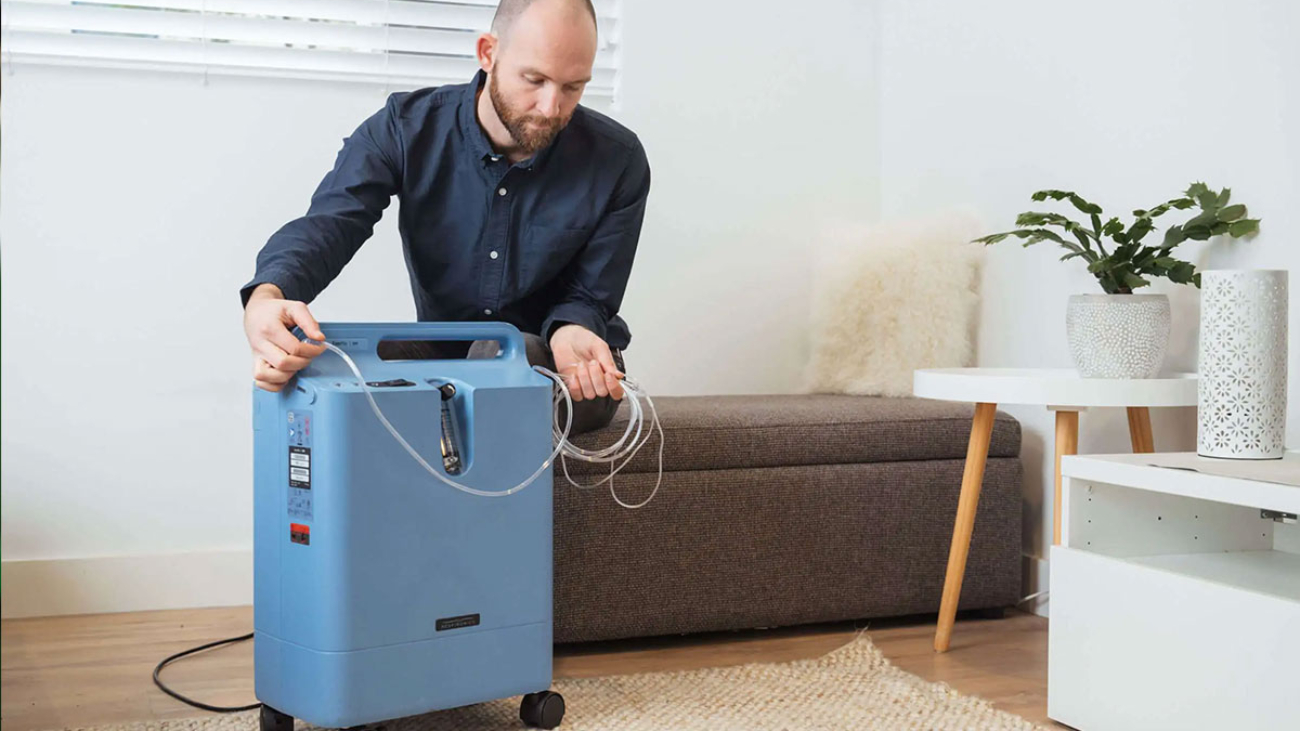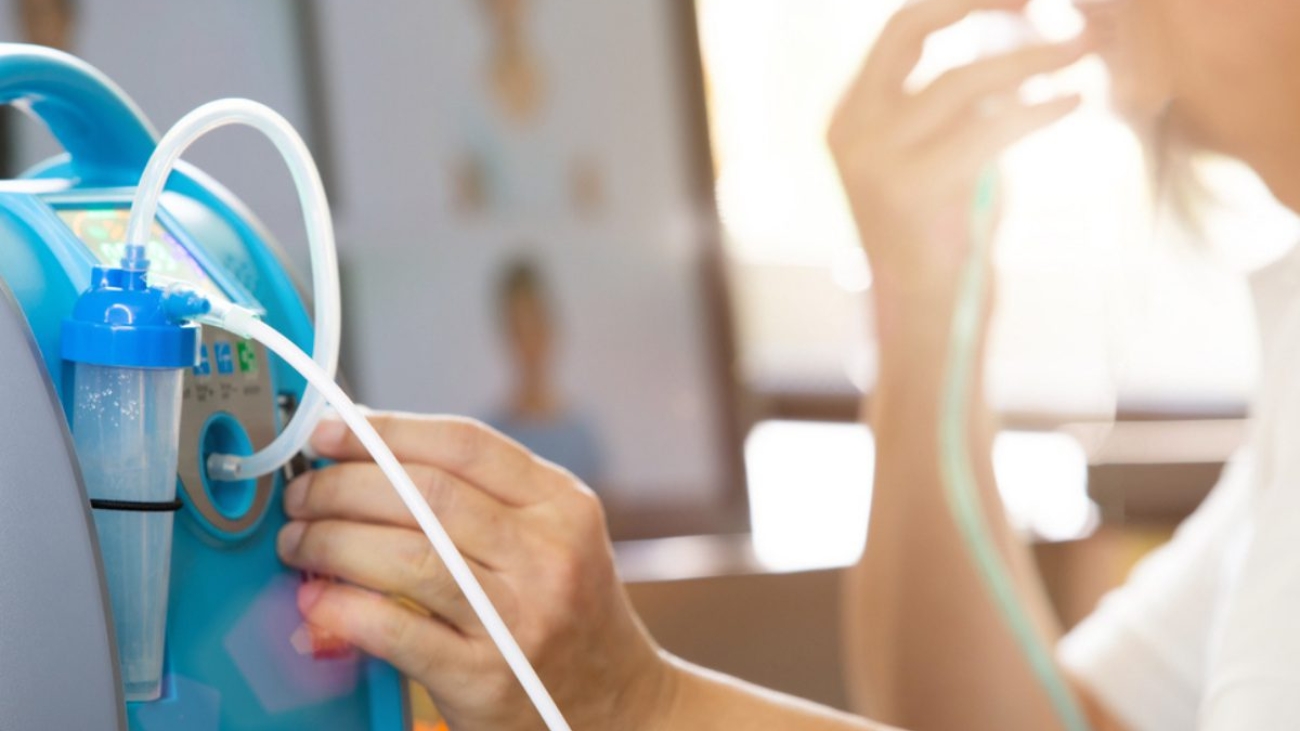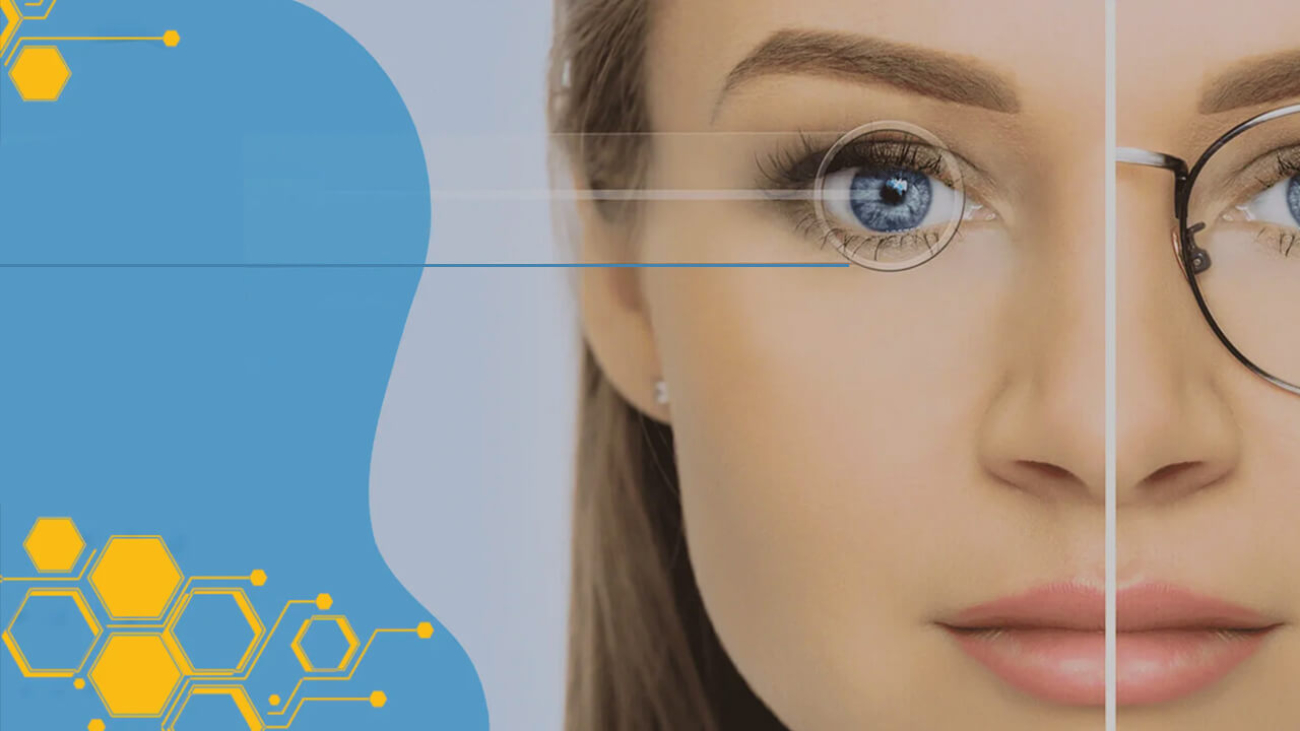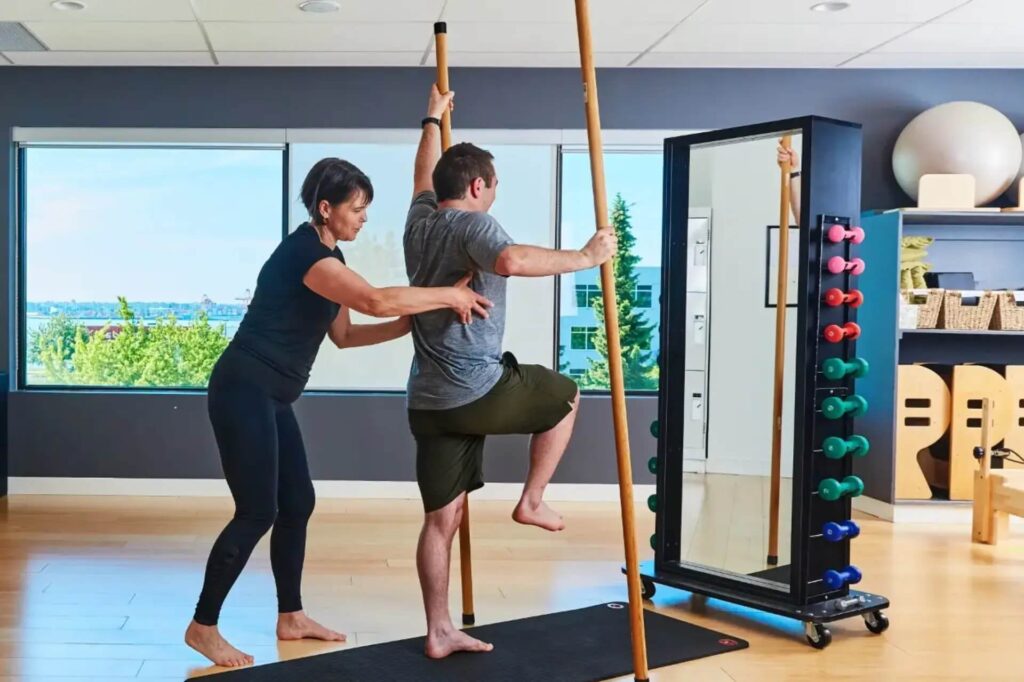Lasik eye surgery has become a popular option for those seeking to correct vision problems, offering a chance to live life without the hassle of glasses or contact lenses. However, one of the most significant considerations for prospective patients is the cost associated with the procedure. In Sydney, where the options for Lasik surgery are plentiful, understanding the factors that influence cost is essential for making an informed decision. This article aims to guide you through the key elements to consider when searching for the best Lasik eye surgery cost in Sydney.
Understanding Lasik Eye Surgery
What is Lasik Surgery?
Lasik, or Laser-Assisted In Situ Keratomileusis, is a refractive surgery designed to correct common lasik eye vision issues such as myopia, hyperopia, and astigmatism. The procedure involves reshaping the cornea using a laser, allowing light to properly focus on the retina. This innovative technique has transformed the lives of millions, providing a long-term solution to vision problems.
The surgery is typically performed on an outpatient basis, meaning patients can return home the same day. Most individuals experience improved vision within a day or two, making it an attractive option for those with busy lifestyles. The procedure itself is relatively quick, often taking less than 30 minutes, and patients are usually awake throughout the process, which is facilitated by numbing eye drops to ensure comfort.
Benefits of Lasik Surgery
The primary advantage of Lasik surgery is the significant improvement in vision that many patients experience. In addition to the convenience of not needing glasses or contact lenses, the procedure often leads to enhanced quality of life. Activities such as swimming, exercising, and travelling become more enjoyable without the constraints of corrective eyewear. Many patients report a newfound freedom in their daily routines, no longer having to worry about the hassle of carrying spare glasses or the discomfort of contact lenses during long hours of wear.
Moreover, Lasik surgery can be a cost-effective long-term solution. While the initial investment may seem high, the savings on glasses, contact lenses, and associated care can add up over time, making it a worthwhile consideration for many individuals. Additionally, advancements in technology have led to various Lasik techniques, such as wavefront-guided Lasik, which can provide even more precise corrections tailored to the unique shape of a patient’s eye. This personalised approach not only enhances the outcomes but also reduces the likelihood of complications, further solidifying Lasik’s reputation as a leading choice for vision correction.
Factors Influencing Lasik Eye Surgery Costs
Type of Technology Used
The technology employed during the surgery plays a significant role in determining the overall cost. Different types of lasers and techniques, such as femtosecond lasers or wavefront technology, can vary in price. Generally, more advanced technology may lead to higher costs, but it can also result in better outcomes and fewer complications.
It is crucial to discuss the technology used by the clinic during consultations. Understanding the benefits and potential drawbacks of each option can help patients make an informed decision that aligns with their budget and vision goals. For instance, wavefront technology, which customises the treatment based on the unique characteristics of an individual’s eyes, can significantly enhance the precision of the procedure. This tailored approach may lead to improved visual acuity and a lower likelihood of post-operative issues, making it a worthwhile investment for many patients.
Surgeon’s Experience and Qualifications
The qualifications and experience of the surgeon performing the procedure can also impact the cost. Highly skilled and experienced surgeons often charge more for their services, reflecting their expertise and the level of care they provide. While it may be tempting to choose a less expensive option, investing in a reputable surgeon can lead to better results and a reduced risk of complications.
When researching potential surgeons, look for credentials, reviews, and patient testimonials. A surgeon with a proven track record of successful surgeries can provide peace of mind, knowing that you are in capable hands. Additionally, many experienced surgeons may offer comprehensive pre-operative assessments and follow-up care, which can further enhance the overall experience and outcomes for patients. Engaging in discussions about their surgical philosophy and approach can also shed light on their commitment to patient care and satisfaction.
Geographic Location
The location of the clinic can significantly influence the cost of Lasik eye surgery. Clinics situated in more affluent areas of Sydney may charge higher prices due to increased overhead costs. Conversely, clinics in less expensive areas might offer more competitive pricing.
However, it is essential to balance cost with quality. Choosing a clinic solely based on price may lead to subpar results or inadequate care. It is advisable to consider the overall reputation and quality of the clinic alongside its location. Furthermore, patients should also take into account the accessibility of the clinic, as convenience can play a crucial role in the overall experience. A clinic that is easily reachable may save time and reduce stress during the pre-operative and post-operative phases, making it a more attractive option despite potentially higher costs. Additionally, some clinics may offer financing options or payment plans, which can help alleviate the financial burden while ensuring that patients receive the best possible care.
Insurance and Financing Options
Understanding Insurance Coverage
Many health insurance plans do not cover Lasik surgery, as it is often considered an elective procedure. However, some policies may offer partial coverage or discounts through preferred providers. It is essential to check with your insurance provider to understand your options and any potential financial assistance available.
Even if insurance does not cover the procedure, some clinics may offer payment plans or financing options to help manage the cost. This can make Lasik surgery more accessible for those who may not have the funds available upfront.
Payment Plans and Financing
Many Lasik clinics in Sydney offer flexible payment plans to accommodate different budgets. These plans can range from interest-free options to extended payment terms, allowing patients to spread the cost over several months or years.
Before committing to a payment plan, it is essential to read the fine print and understand any associated fees or interest rates. This will ensure that patients are fully aware of their financial obligations and can make an informed decision.
Comparing Costs Across Clinics
Researching Multiple Clinics
When searching for the best Lasik eye surgery cost in Sydney, it is vital to research multiple clinics. Each clinic may have different pricing structures, and comparing costs can help identify the best value for your needs.
Consider creating a list of potential clinics and their associated costs, along with the services included in the price. This will provide a clearer picture of what each clinic offers and help in making an informed choice.
Consultation Fees
Many clinics charge a consultation fee to assess a patient’s suitability for Lasik surgery. This fee can vary significantly, so it is worth inquiring about it when researching clinics. Some clinics may offer free consultations, while others may charge a nominal fee that is deducted from the overall surgery cost if the patient proceeds with the procedure.
During the consultation, patients can discuss their vision goals, ask questions about the procedure, and receive a personalised quote based on their specific needs. This initial meeting is an excellent opportunity to gauge the clinic’s professionalism and the surgeon’s expertise.
What to Expect During the Procedure
The Lasik Surgery Process
The Lasik surgery process is relatively quick and straightforward. After arriving at the clinic, patients will undergo a thorough pre-operative assessment to ensure they are suitable candidates for the procedure. This assessment typically includes a comprehensive eye examination and a discussion of medical history.
On the day of the surgery, patients will be given numbing eye drops to ensure comfort during the procedure. The actual surgery usually takes less than 30 minutes per eye, and patients can expect to be in and out of the clinic within a few hours.
Post-Operative Care
After the surgery, patients may experience some mild discomfort or visual disturbances, which are typically temporary. Most individuals are able to resume normal activities within a day or two, although it is advisable to avoid strenuous activities and swimming for a short period.
Follow-up appointments are essential to monitor healing and ensure the best possible outcome. During these visits, the surgeon will assess vision improvement and address any concerns the patient may have.
Long-Term Considerations
Potential Risks and Complications
As with any surgical procedure, Lasik surgery carries some risks. While complications are rare, they can include dry eyes, glare, halos, or even vision loss in extreme cases. It is crucial for patients to discuss these risks with their surgeon during the consultation to ensure they have realistic expectations.
Understanding the potential complications can help patients make informed decisions about whether Lasik surgery is the right choice for them. A reputable surgeon will provide a thorough explanation of the risks and benefits, allowing patients to weigh their options carefully.
Long-Term Costs
While the initial cost of Lasik surgery may seem high, it is essential to consider the long-term financial implications. Many patients find that they save money over time by eliminating the need for glasses and contact lenses. Additionally, regular eye exams and potential corrective procedures may also factor into long-term costs.
When evaluating the overall expense of Lasik surgery, it is crucial to consider not only the upfront cost but also the potential savings and improvements in quality of life that the procedure can provide.
Conclusion
Finding the best Lasik eye surgery cost in Sydney requires careful consideration of various factors, including technology, surgeon experience, and clinic location. By conducting thorough research and comparing multiple clinics, patients can make informed decisions that align with their vision goals and budget.
While cost is an important consideration, it is equally essential to prioritise quality and safety. Investing in a reputable surgeon and clinic can lead to better outcomes and a more satisfying experience overall. With the right information and guidance, achieving clear vision through Lasik surgery can become a reality for many individuals in Sydney.
Related: How Much Is LASIK in Australia?

































